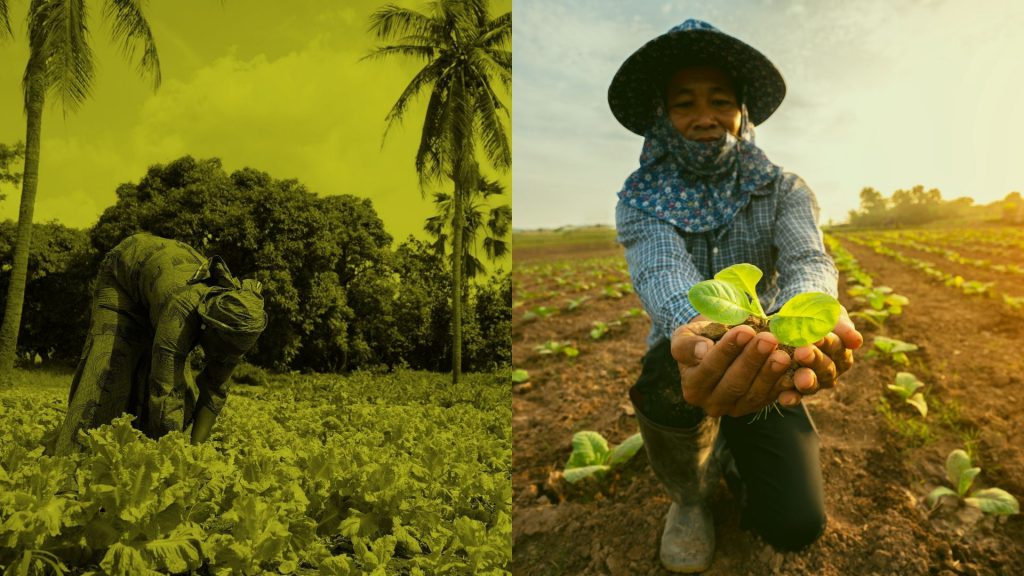Global seed companies are adapting their products to combat the impact of climate change and address nutrition needs.
But limited access to quality seed in many emerging economies persists, with the global seed industry reaching just 10% of the world’s smallholder farmers, according to a new study.
The Access to Seeds Index 2019 – Global Seed Companies, published by the Amsterdam-based Access to Seeds Foundation, evaluates the activities of the 13 leading global seed companies to shine a light on where the industry can do more to raise smallholder farmer productivity, improve nutrition and mitigate the effects of climate change through the development and dissemination of quality seed.
The research shows that sales by the 13 global seed companies only reached around 47 million of the world’s 500 million smallholder farmers in 2017, and most investment went to a small number of countries, mostly in South and Southeast Asia. In these regions, global companies invest heavily in local seed business activities: 12 of them in breeding and 12 in production.
In contrast, such activites are rare in Western and Central Africa, with only two companies investing in local breeding and one in production. “Although the industry is making advances in developing more nutritious and climate-resilient varieties, it’s clear that more needs to be done,” said Ido Verhagen, executive director of the Access to Seeds Index.
“Material changes won’t be possible without reaching a greater percentage of smallholder farmers, who account for the lion’s share – 80% – of global food production.” Shaping business models around the needs of smallholder farmers can be profitable, as shown by EastWest Seed, a Thailand-based company that tops the index thanks to a strong performance across all areas assessed.
It has a unique smallholder-centric approach and a customer base made up almost entirely of smallholders (98%). Switzerland’s Syngenta and Germany’s Bayer are virtually tied in second and third place. Reaching more smallholder farmers and directing investment to other geographies are critical to tackle rising malnourishment.




